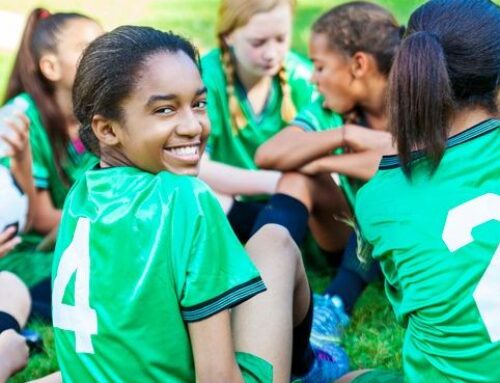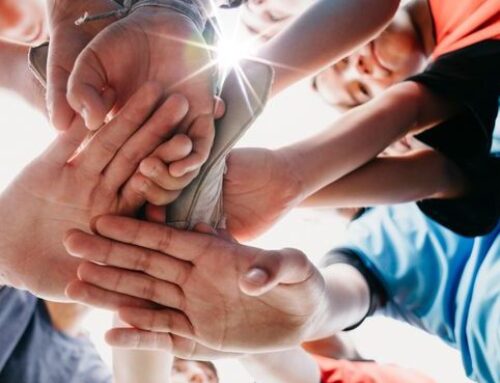Get our exclusive report. Download the iSport360 Club Switching Report Here – For Club Admins, Rec Leaders and Coaches.
3 Major Benefits of Core Training for Sports
When it comes to training for sports, most athletes have all of the bases covered…well, they almost have all the bases covered. Speed, agility, upper/lower body strength, conditioning, and endurance are the major focus when it comes to athletes and their training regimens, but often overlooked is a solid core strengthening program. By the end of this article, you will know what components make up the core section of your body, exercises that help strengthen the core, as well as the benefits of what having a strong core will do for athletic performance.
Typically, people think of the core region of the body as just the abs, however, there are more parts of the body that our core consists of. The mid-lower back, obliques, hips, gluteus maximus, and every other muscle that connects to the spine and pelvis are also considered to be core muscles. All of these areas must be strengthened in order to not only improve everyday life functions but to increase our level of athletic performance regardless of the sport.
There are three major reasons why core strength training should be paramount for athletes – Power, Stability, and Balance.
Power
The vast majority of sports require some output of power. Tennis, golf, and baseball athletes need a powerful core to produce maximum force and velocity as they connect with the ball when they swing. Basketball players need to have a powerful core in order to leap into the air and grab a rebound or dunk the ball. Football players need to be able to exert powerful force when trying to tackle a ball carrier, or blocking a defender. The list of examples goes on, however, developing core power should be one of the athletes biggest objectives when starting a training regimen.
Here are some core workouts that build core power:
- Barbell Twists
- Dead Lifts
- Med Ball Slams
- Med Ball Tosses
- Mountain Climbers
Stability
The primary benefit of building core stability is increased flexibility and preventing injury. As athletes, we all have had to deal with injuries a time or two, and having one of those nagging injuries due to a weak core can be a debilitating experience. Training your core for strength and flexibility is a sure-fire way to reduce your chances of sitting on the sideline. In order to excel in athletics, players need to have great mobility, flexion, range of motion, and body control. Developing all of these attributes begin with having a strong, stable core.
There are a plethora of exercises that you can do to increase core strength and stability. Here are a few exercises that you can start with:
- Back Extensions
- Bicycle Kicks
- Flutter Kicks
- Russian Twists
- V-Ups
Balance
Balance is a function which creates and maintains movement patterns. All athletics require efficient and effective movement in order to perform at an adequate level. Improving your ability to stay balanced while playing sports will also eliminate any wasted movements. This allows you to react quicker and play faster. Having a lack of core strength makes it more difficult to transfer any power through your lower and upper body. This in turn makes it easier to lose balance.
These workouts are great for developing balance while activating your core muscles:
- Ball Planks (Med Ball, Stability Ball, etc.)
- Birddogs
- Single Leg Deadlift
- Single Leg Squat
Core training extends far beyond exercises that only target the abs. The entire core section equates to about sixty percent of the body and all movements. Whether they are basic or dynamic, require the core to be activated. Every athlete should include an intense core training regimen. They should focus on that within their in-season and off-season plans if they plan on maximizing their performance potential.
For more from iSport360, click here. The original post and the author information can be found here.
Learn more or request a demo of our youth sports software that is helping teams improve communication, organization and player development.
November 7, 2021





